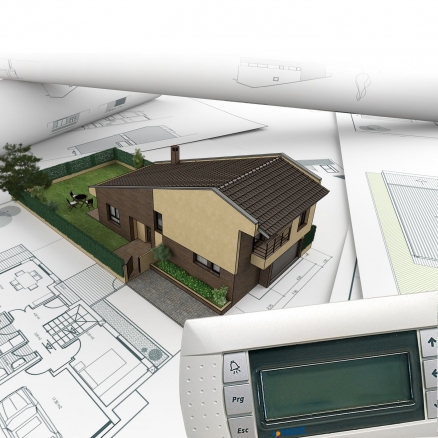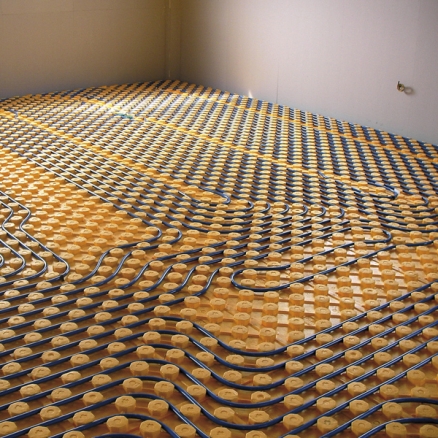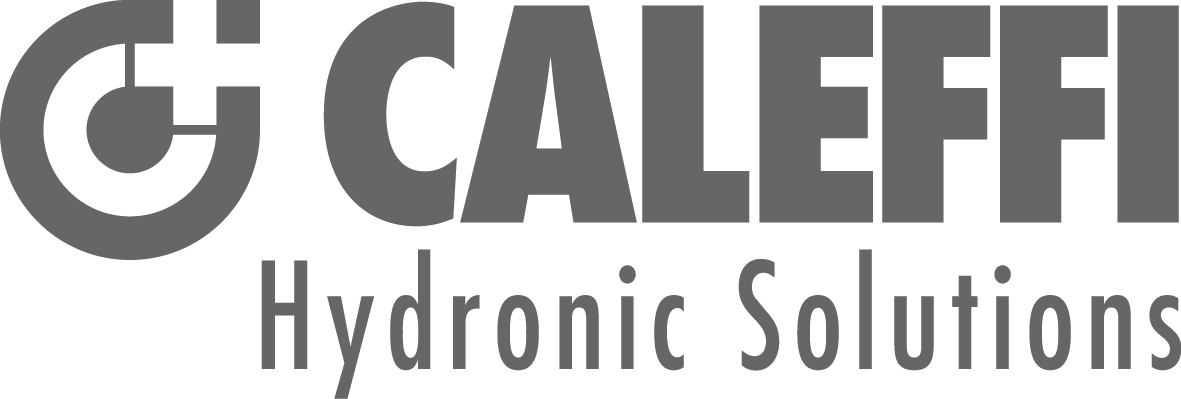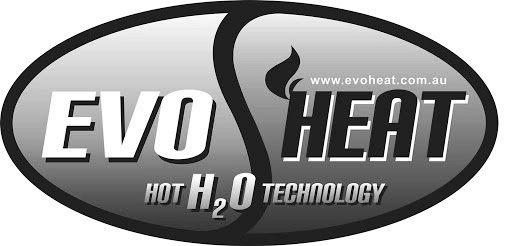As mentioned above, conventional humidifiers have the potential to add heat to the indoor space, obviously quite undesirable on hot days both from a comfort and energy use perspective. Heat added to a room as a by-product of the dehumidification process has to be removed by the building cooling system requiring more energy usage.
To solve this problem, Radiant Heating and Cooling offer the RNW range of Adiabatic dehumidifiers to control relative humidity in radiant heating/cooling systems.(An adiabatic process is one in which no heat is gained or lost by the system). Each machine is a cooling unit equipped with 2 additional heat exchangers that exploit the availability of chilled water (mixed to 15-18 °C) used by the building HVAC system.
The pre-treatment coil, located under the evaporator, reduces the temperature of the air, lessening the sensible load on the evaporating coil. The post-treatment coil, located after the condenser, reduces the temperature of the air before sending it back to the room. This treatment produces dehumidified air with the same temperature as the air inside the room.
Basically, RNW dehumidifiers control the “latent load”; this increases the efficiency of the building cooling system, which can operateat higher temperatures than the temperature usually required for dehumidifying.



















